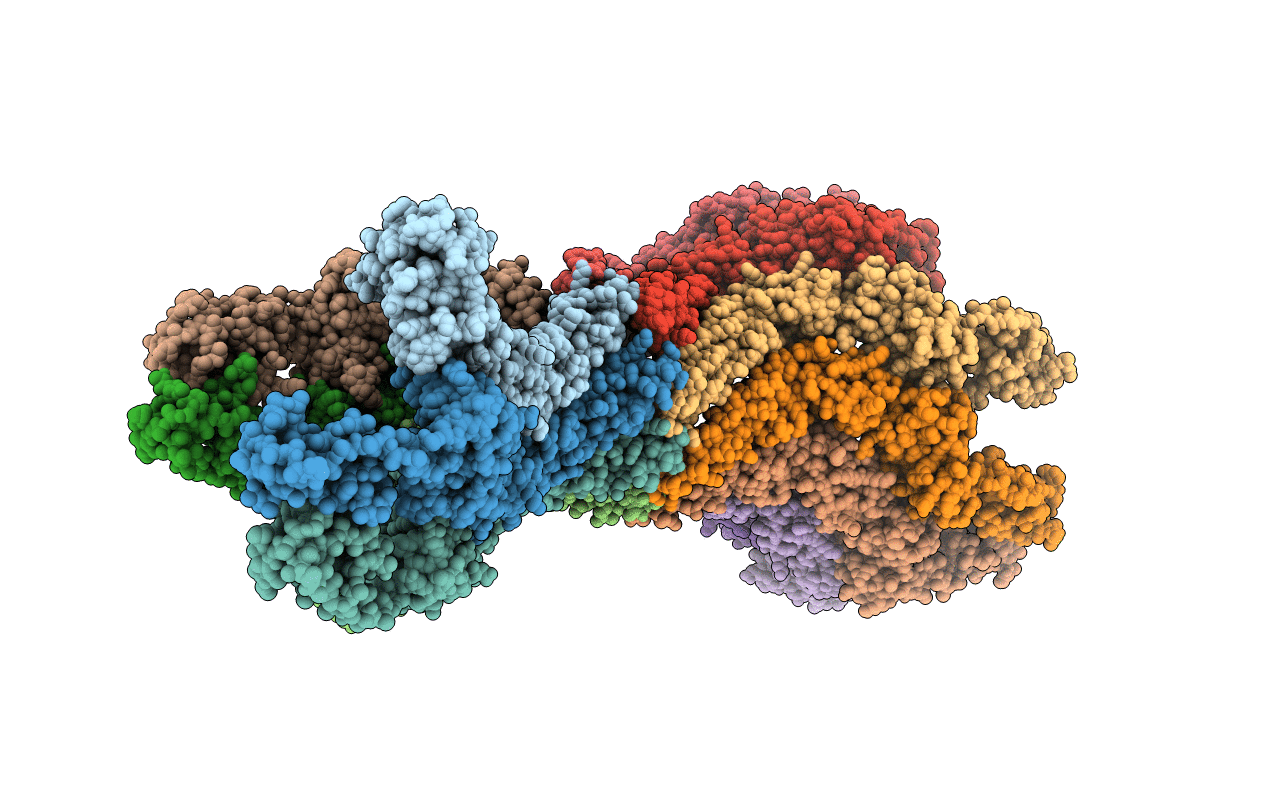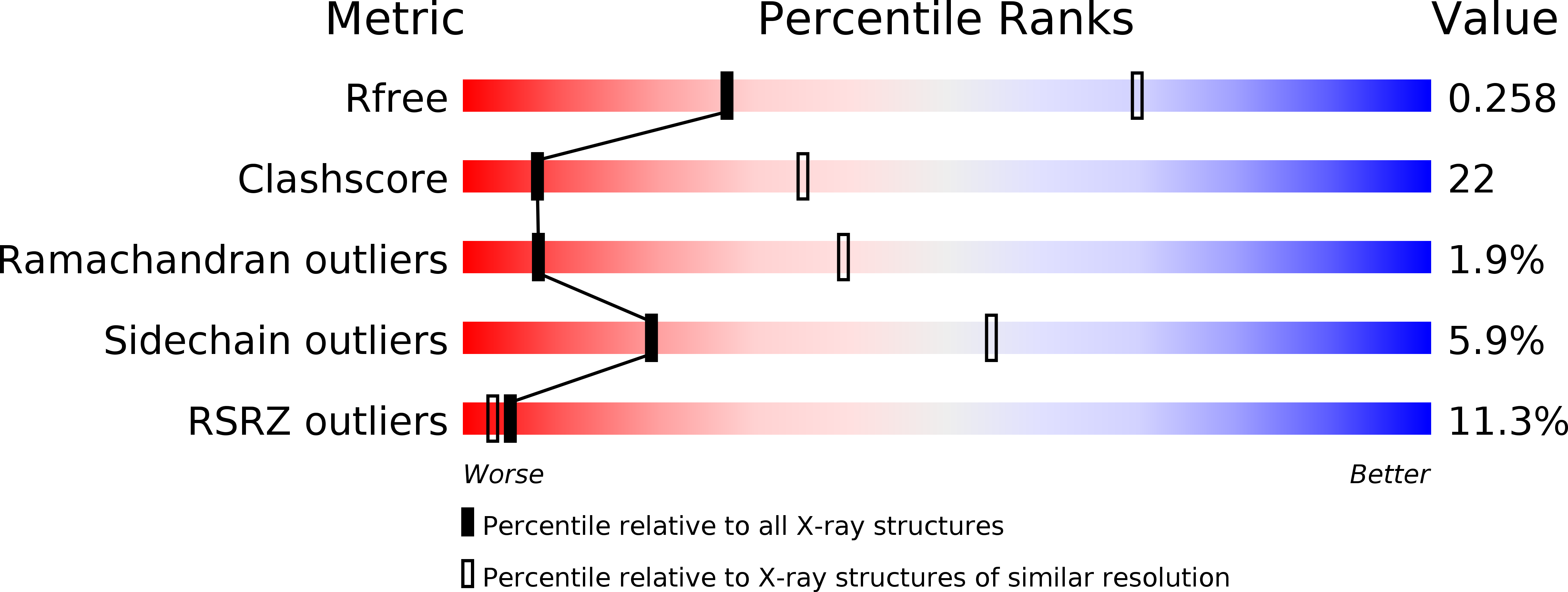
Deposition Date
2008-09-18
Release Date
2009-04-14
Last Version Date
2023-12-13
Entry Detail
Biological Source:
Source Organism:
PSEUDOMONAS AERUGINOSA (Taxon ID: 287)
Host Organism:
Method Details:
Experimental Method:
Resolution:
3.20 Å
R-Value Free:
0.26
R-Value Work:
0.23
R-Value Observed:
0.24
Space Group:
P 1 21 1


